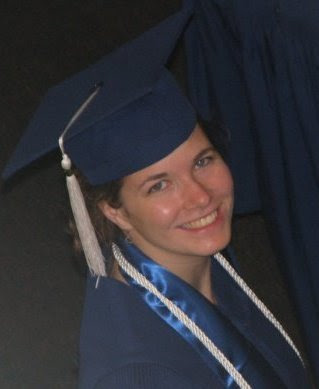Student Spotlight: Melissa Barbier

Melissa Barbier, former Spanish commuinity service learning student. by Ann Abbott Some students of Spanish know that they want to become high school Spanish teachers and follow the BAT program . Other students, however, never imagined that they would be interested in teaching, and yet their experiences in school settings during their Spanish community service learning work makes them change their mind. Read about Melissa Barbier's experience. She is now teaching and doing all the advocacy that she wanted to do. "I had SPAN 232 Spanish in the Community, Fall 2011. (I miss it so much). My experience was at Leal, tutoring students and working a little in a Spanish Bilingual classroom. During this experience, I was able to see how important it is to make connections with students outside of the classroom. I was able to see some of the struggles that bilingual students have in and out of the classroom. I also learned a lot in the course about what difficultie...





